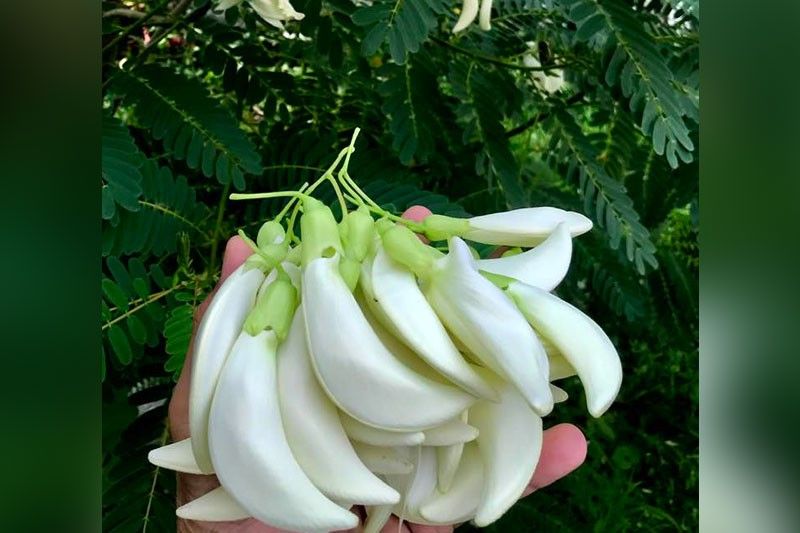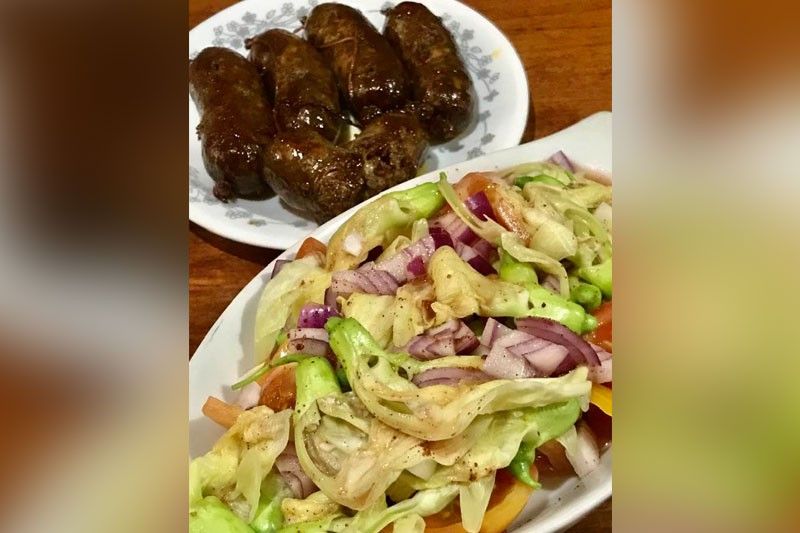Health benefits, ways to cook with Katuray flowers

MANILA, Philippines — Do you have a Katuray tree in your backyard? Your neighbor might have it in his backyard, or you may have come across it in your neighborhood when you take your regular early morning walk.
You must have noticed the beautiful flowers that grow in abundance on their branches at about this time of the year. Most often white, although there are varieties with pink and red flowers, Katuray flowers are oblong, about one to three inches in lax, with two to four flower racemes, and a shallowly two-lipped calyx.
In a reference listed on Wikipedia, it said that the Katuray is native to Maritime Southeast Asia, which includes Malaysia, Indonesia, Brunei, and the Philippines, and Northern Australia. Katuray goes by the names Agati, Vegetable Hummingbird and West Indian Pea, aside from Katuray (or Katurai), with the scientific name Sesbania grandiflora.

Its flowers are edible and contain 92% water, 7% carbohydrates, 1% protein, and absolutely no fat. When eaten, the flowers are low-calorie and are a good source of Vitamin C and folate. Katuray flowers are good for the body because they contain antioxidants, and they have antimicrobial, anti-inflammatory, anticonvulsant and anti-cancer benefits.
Commonly eaten in Southeast Asia and South Asia, Katuray flowers are often turned into salads in the Philippines in combination with tomatoes, onion, cucumber and salted egg, with a little bit of Bagoong Isda as dressing. They often make it to soupy dishes like Dinengdeng (Ilocano) or Bulanglang (Batangueño).
There are also who try cooking Katuray flowers into Guisadong Katuray, Adobong Katuray, Sinigang na Isda with Katuray, Pinakbet, Ginisang Monggo with Katuray Flowers, or Atchara.
RELATED: What is Bataw? Lesser-known 'Bahay Kubo' veggie explained




















